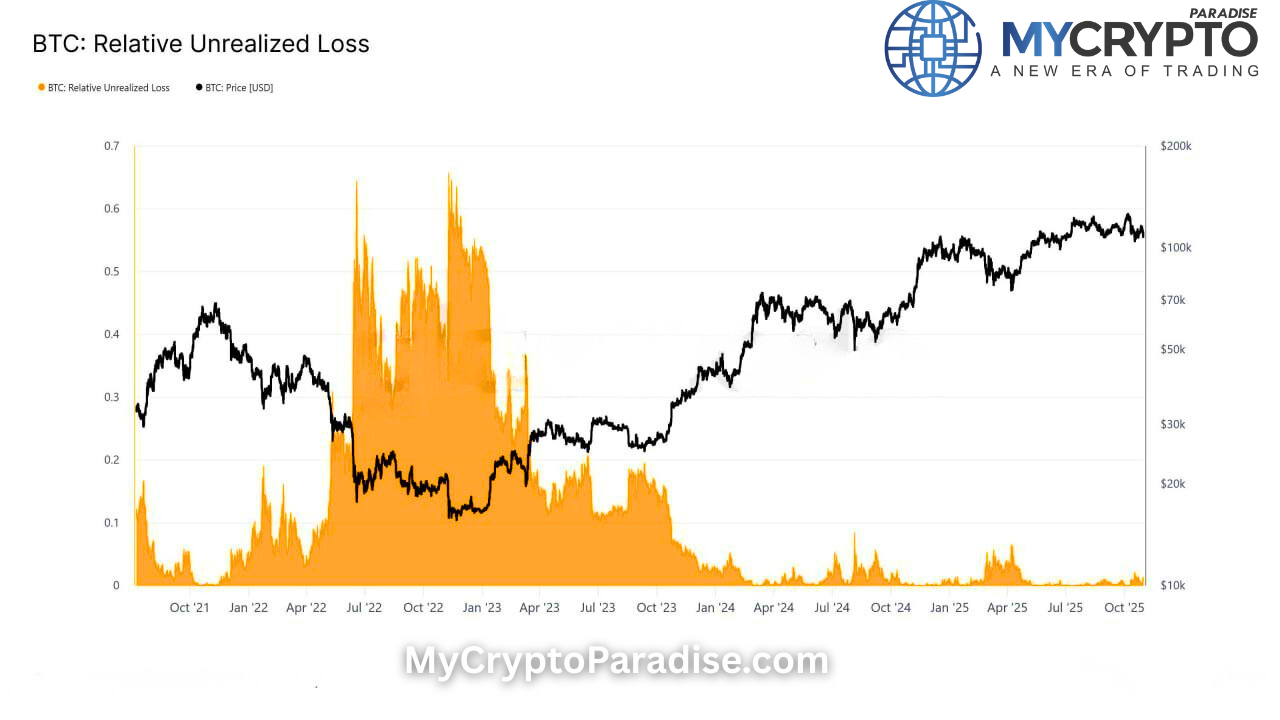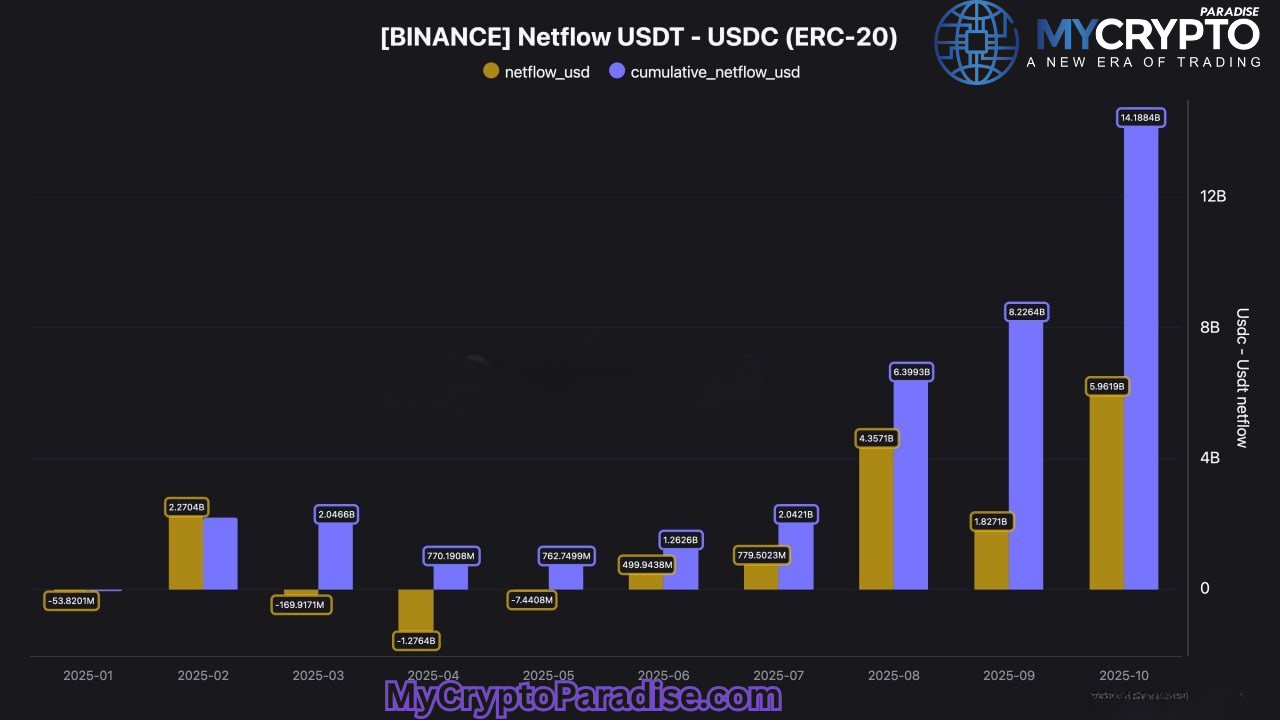It’s quite likely that you’ve come across the terms “bullish” and “bearish” markets throughout your time spent trading and investing in the markets. These expressions are typically used to indicate how the cryptocurrency market is performing in general — that is, whether its value is increasing or decreasing.
The direction of the market, as an investor or trader, is a good indicator of the influence it will have on your investment portfolio. Thus, it’s critical to understand how each of these market circumstances may affect your portfolio’s overall performance.
For the better part of last year, the cryptocurrency market was on a roller coaster. This year, large-cap coins such as Bitcoin and Ethereum have set fresh all-time highs on a number of occasions. In addition, meme coins such as Dogecoin and Shiba made their way into the top ten most valuable tokens on the market this year. We also observed the majority of these tokens crash at some time during the year, in a similar fashion.
Now, when discussing the market, the terms bull market and bear market can have positive and negative meanings, respectively. Despite the turbulence in the market, the market remained positive throughout. You might be asking what exactly that means at this point. You needn’t be concerned because we’ll cover all of the details in this article.
What makes the market bullish?
A bull market, also known as a bull run, is a time in the market during which the vast majority of investors and traders buy, demand exceeds supply, market confidence rises, and prices rise as a result. Seeing that prices in a market are growing quickly or gradually may indicate that the majority of investors are becoming more optimistic or “bullish” about the price continuing to climb, and that you are about to enter a bull market, according to the Investopedia definition.
The term “bulls” refers to investors who anticipate their investments will appreciate in value over time. As investor confidence grows, a positive feedback loop forms, attracting more investment and simultaneously driving stock prices upward. Due to the significant impact that public trust has on the price of a cryptocurrency, some investors attempt to gauge investor confidence in a market prior to investing (a metric known as “market sentiment”).
One thing to keep in mind is that even in a bull market, there will be dips, corrections, and volatility. Short-term dips can easily be misinterpreted as the conclusion of a bull market, as happened last year when Bitcoin fell from the $60,000 range to below $40,000.
This is why it is vital to evaluate any potential signals of a trend reversal in the context of longer-term price behavior. (Investors with a shorter time horizon frequently refer to this as “buying the decline.”)
We must recognise that bull markets do not persist indefinitely, and investor confidence will eventually erode — this can be triggered by anything from negative news, such as unfavorable legislation, to unforeseen events, such as China’s cryptocurrency prohibition. A significant downward price movement may herald the start of a bear market, in which investors get increasingly convinced that prices will continue to decline, resulting in a downward spiral as they sell to avoid further losses.
When does a market tend to exhibit a bearish trend?
The term “bear market” refers to a period of time during which supply outstrips demand, confidence is low, and prices decline. As a result, bearish investors are referred to as those who are pessimistic about the future of their investments. Trading in bear markets can be difficult, especially for new traders. This is especially true for those who are just starting out.
In the stock market, it is notoriously difficult to predict when a bear market will come to an end and when the lowest price will be reached because rebounding is a lengthy and unpredictable process that is influenced by a variety of external factors such as economic progress, investor psychology, and global news or events.
They may, on the other hand, present possibilities. For those with longer-term investment strategies, investing during a bear market may turn out to be incredibly rewarding when the market cycle swings around later on.
Stock market booms and corrections should be kept in mind by investors who use shorter-term techniques, such as index funds. There are further strategies available to more experienced investors, such as short selling, which is a technique that includes betting on the price of an asset declining in the short term. A large number of cryptocurrency investors also use dollar-cost averaging, which is spending a specific amount of money (say, $50) every week or month, regardless of whether the asset’s value rises or falls in value. This lowers your risk and allows you to invest in both rising and declining markets at the same time.
How to survive a bearish market with MyCryptoParadise?
No matter what the market trends are, MyCryptoParadise provides its subscribers with the most lucrative signals while limiting the likelihood of a loss. Don’t believe us? check what our happy customers have to say.
We provide trading signals for cryptocurrency pairs traded on exchanges such as KuCoin, Binance, ByBit Kraken, and others. Not only that, but MyCryptoParadise also provides insights via educational trading analysis on platforms such as TradingView, Youtube, Telegram and Facebook and Instagram.
Join us and become part of a thriving community of members who are taking their trading game to the next level.
Use our discount BESTTRADERS3% to get an exclusive 3% discount on your premium membership today!
How to effectively navigate bullish and bearish markets?
It is preferable for an investor to take advantage of growing prices by obtaining their crypto assets early in the trend (if at all possible) and then selling them after the market has hit its peak during a bull market.
If there is a bull market, any losses should be limited and quick; an investor may generally invest more aggressively and confidently in more equities, with a larger chance of generating a profit on the investment.
The risk of losing money is bigger in a bear market, however, because prices are constantly declining in value and the end is typically not in sight while the market is down. The fact is that even if you decide to put your money into the potential of a recovery, you will almost likely lose money before the recovery takes place. A large proportion of profits can be made through short selling or through safer assets such as fixed-income instruments (such as government bonds).
Alternatively, an investor may choose to invest in defensive companies, whose performance is only moderately affected by changes in market conditions. Therefore, stablecoins maintain their value during both economic downturns and economic boom cycles.
Furthermore, holding a short position in a bear market and benefitting from falling prices may be advantageous to investors. It is possible to accomplish this in a variety of ways, which you can learn about at MyCryptoParadise (Use our discount BESTTRADERS3% to get an exclusive 3% discount on your premium membership today!).
Bottomline
Understanding Bull and Bear markets can have a huge impact on your career and portfolio, therefore it’s a good idea to set aside some time to research and analyze the different causes and behaviors, as well as to make calculated investment decisions, that occur in the financial markets.













